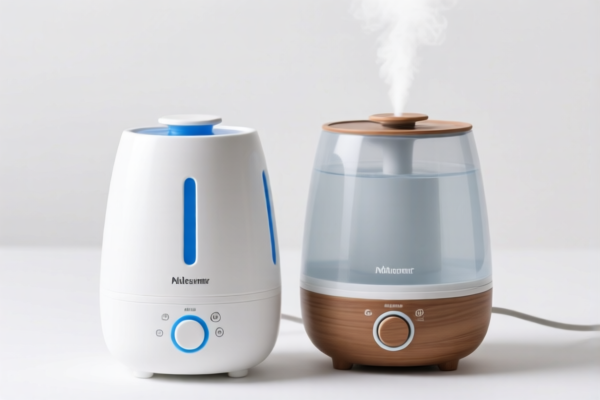| HS Code | Official Doc | Tariff Rate | Origin | Destination | Effective Date |
|---|---|---|---|---|---|
| 3923900080 | Doc | 58.0% | CN | US | 2025-05-12 |
| 3923300090 | Doc | 58.0% | CN | US | 2025-05-12 |
| 3926901000 | Doc | 40.9% | CN | US | 2025-05-12 |
| 3926909910 | Doc | 42.8% | CN | US | 2025-05-12 |
| 6305900000 | Doc | 43.7% | CN | US | 2025-05-12 |
| 6305390000 | Doc | 45.9% | CN | US | 2025-05-12 |




Plastic Lunch Box
A plastic lunch box is a portable container used to pack and carry food, typically for meals consumed outside the home. They are a common item for school lunches, work meals, picnics, and travel.
Material
The primary material is plastic, with several common types used:
- Polypropylene (PP): A widely used, relatively inexpensive plastic known for its heat resistance and durability. Often used for microwaveable containers. BPA-free PP is frequently preferred.
- Polyethylene (PE): Flexible and impact-resistant, often used for softer components or liners.
- Polystyrene (PS): Less common due to environmental concerns and lower heat resistance.
- Tritan: A BPA-free plastic known for its clarity, durability, and resistance to odors and stains.
- Other Plastics: Some lunch boxes incorporate other plastics for specific features like seals or hinges.
Purpose
- Food Storage & Transport: The core function is to keep food contained and protected during transport.
- Portion Control: Allows for pre-portioned meals.
- Food Preservation: Aids in keeping food fresh for a limited time.
- Convenience: Offers a reusable alternative to disposable containers.
Function
- Containment: Secure lids and seals prevent leaks and spills.
- Stackability: Many designs allow for efficient storage.
- Microwaveability: Some are designed for reheating food in a microwave (check for appropriate markings).
- Dishwasher Safety: Most are dishwasher safe, though heat sensitivity varies by plastic type.
- Freezer Compatibility: Certain types can withstand freezing temperatures.
Usage Scenarios
- School Lunches: Most common use.
- Work/Office Meals: Packing a lunch to work.
- Picnics & Outdoor Activities: Convenient for transporting food to parks, beaches, or hiking trails.
- Travel: Useful for carrying snacks and meals on trips.
- Food Prep: Storing pre-portioned meals for the week.
Common Types
- Single-Compartment: Basic design with one large space for food.
- Compartmented (Bento Boxes): Divided into multiple sections to keep different foods separate. Popular for organized meals.
- Insulated Lunch Boxes: Feature insulation to maintain food temperature (hot or cold). Often include ice packs.
- Stackable Lunch Boxes: Designed to stack efficiently for storage and transport.
- Leak-Proof Lunch Boxes: Feature secure seals to prevent leaks, ideal for liquids and sauces.
- Thermos-Style Lunch Boxes: Heavily insulated, designed to keep food hot or cold for extended periods.
- Collapsible Lunch Boxes: Foldable or collapsible for compact storage when not in use.
Plastic lunch boxes fall under articles for the conveyance or packing of goods, made of plastics, or other articles of plastics. Here are the relevant HS codes based on the provided information:
- 3923900080: This HS code covers articles for the conveyance or packing of goods, of plastics; stoppers, lids, caps and other closures, of plastics: Other. This could apply if the lunch box is considered a general packing article. The total tax rate is 58.0%, comprised of a 3.0% base tariff and a 25.0% additional tariff, increasing to 30% after April 2, 2025.
- 3923300090: This HS code covers articles for the conveyance or packing of goods, of plastics; stoppers, lids, caps and other closures, of plastics: Carboys, bottles, flasks and similar articles Other. If the lunch box is shaped like a bottle or flask, this code may be applicable. The total tax rate is 58.0%, comprised of a 3.0% base tariff and a 25.0% additional tariff, increasing to 30% after April 2, 2025.
- 3926901000: This HS code covers other articles of plastics and articles of other materials of headings 3901 to 3914: Other: Buckets and pails. While a lunch box isn't a bucket or pail, if it shares similar characteristics in terms of construction and use, this code could be considered. The total tax rate is 40.9%, comprised of a 3.4% base tariff and a 7.5% additional tariff, increasing to 30% after April 2, 2025.
- 3926909910: This HS code covers other articles of plastics and articles of other materials of headings 3901 to 3914: Other: Other Laboratory ware. If the lunch box is specifically designed for containing or transporting items in a laboratory setting, this code may be applicable. The total tax rate is 42.8%, comprised of a 5.3% base tariff and a 7.5% additional tariff, increasing to 30% after April 2, 2025.
Important Note: The classification of plastic lunch boxes can be complex and depends on their specific design and intended use. It is recommended to consult with a customs professional to determine the most appropriate HS code for your specific product.
Customer Reviews
No reviews yet.